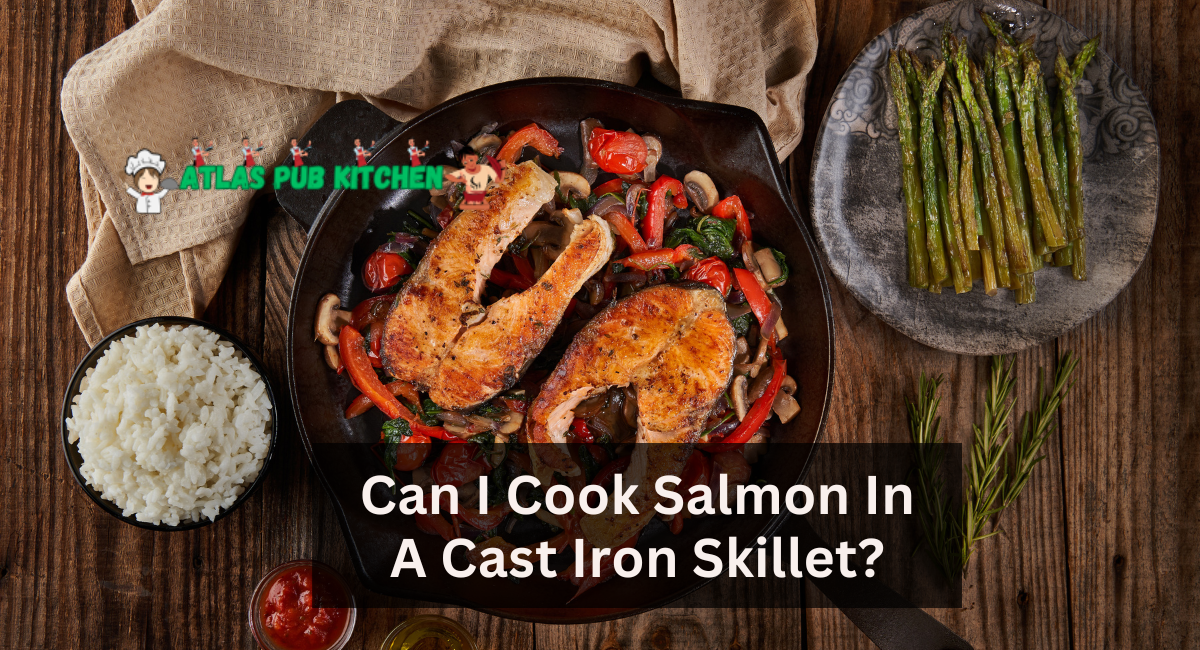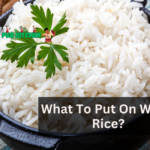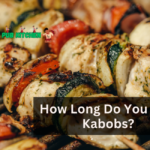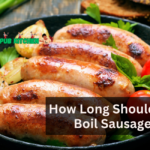Salmon is a favorite among seafood aficionados due to its robust flavors and numerous health advantages. Cooking salmon in a cast-iron skillet offers a novel culinary approach, combining the qualities of this versatile cookware with the salmon’s inherent nutritional value.
In this article, we will delve into the techniques, hints, and benefits that make cooking salmon in a cast iron skillet an attractive option.
Can I Cook Salmon In A Cast Iron Skillet?
Without a doubt! Cooking salmon in a skillet made of cast iron is an excellent method that can produce delectable and flavorful results. Released iron’s exceptional heat retention and even heat distribution make it an ideal material for cooking salmon. Here is a straightforward guide for cooking salmon in a cast-iron skillet:
- Preparation entails: Marinating your salmon fillets with herbs, spices, and olive oil. Marinate the salmon for at least 30 minutes to incorporate the flavors.
- Warm up the Skillet: Fire your cast-iron skillet over medium-high fire to preheat it. Allow it to reach a sufficient temperature to sear the salmon correctly.
- The burning: Add a small amount of oil to the pan and place the salmon fillets, skin-side down if applicable, in the pan with care. Allow them to sear for approximately two to three minutes until a golden coating forms.
Can Fish Be Cooked In Cast Iron?
Without a doubt. Cast iron is, without question, the finest material for cooking salmon. Why? Cast iron outperforms all other materials in terms of heat retention or the ability of the metal to store and sustain heat generated by a stovetop burner or oven. Once a cast iron skillet is heated, it maintains its temperature, which aids in searing salmon and other proteins evenly.
The opposite is true for other skillet materials. When adding a piece of fish to a stainless steel or aluminum skillet, for example, the fish lowers the surface temperature of the pan, resulting in an oven sear and causing the fish to stick, particularly when cooking its skin side down.
Which Salmon Is The Best?
Salmon will likely be available in various varieties at fish markets and supermarkets; the species you prepare should largely hinge on your preferences. Would you prefer a fatty, flavorful fish or a leaner, less flavorful one? It is also essential to consider whether you prefer wild-caught or farm-raised salmon and the nutritional and ecological implications of each.
Farm-raised salmon is typically higher in fat and omega-3 and omega-6 fatty acids, whereas wild-caught salmon is leaner and tastier. Both practices can be environmentally damaging and can be sustainable. Visit SeafoodWatch.org to learn more about sustainable salmon practices, which will assist you in making the most responsible choice.
Most salmon sold in the United States originates from the Pacific or Atlantic oceans. Typically, Pacific salmon is captured in the wild, with King (or Chinook), Sockeye (or red), and Coho (or silver) being the most common varieties sold fresh. Rich, fatty, and delectable, king salmon is frequently the chef’s most desired variety (and is priced accordingly). Sockeye salmon has a bright crimson color, leaner flesh, and flavor similar to King salmon despite being significantly less expensive. Coho salmon is moderately fatty and subtle in flavor.
The flavor, color, and quality of farmed Atlantic salmon can vary depending on how it was reared. It is recommended to purchase Atlantic salmon from a reputable fishmonger who can provide more information about its origin.
Are Cast Iron Skillets Non-Stick?
Cast iron skillets are not naturally nonstick like traditional nonstick cookware coated with Teflon. A well-seasoned cast-iron skillet can develop a natural nonstick surface if adequately seasoned and maintained. Seasoning involves covering the skillet with a layer of oil or fat and then baking it to enable the oil to polymerize and form a slick, protective layer on its surface.
Along with regular use and appropriate care, this seasoning process helps to reduce sticking and render the skillet relatively nonstick. The more you use and maintain the skillet’s seasoning, the greater its nonstick qualities become. Notably, this nonstick surface is less durable or instantaneously practical than the coatings on traditional nonstick pans, and it requires ongoing care and maintenance to maintain its nonstick properties.
How Do I Prepare Salmon In A Cast-Iron Frying Pan?
Not only is a cast iron skillet the best instrument for making salmon with crispy, evenly cooked skin, but it’s also simple and almost foolproof if you follow these guidelines.
- Dry, dry, and again dry. Fish skin adores to adhere to cooking surfaces, mainly when it is wet. The skin of your salmon should be blotted with paper towels when removed from the refrigerator and unwrapped, then repeated just before seasoning and placing the fish in the pan.
- Some cooks press a paper towel against their skin and leave it there while preheating their skillet. Still, we find that this makes the skin drier (consider: would wrapping yourself in a wet towel dry your body quicker than wiping and exposing it to the air?).
- High followed by low. The salmon skin will adhere to a cold pan even if it is dehydrated. If you start with a hot skillet, cast iron is unquestionably the finest material for cooking extra-crispy fish. Before adding oil to a skillet, preheat it for a few minutes and then heat the oil until it shimmers like a ghost.
- After adding the fish to the pan, immediately reduce the heat to low. The moderate heat will evenly cook the fish, allowing the skin to brown and crisp.
- Press into the epidermis. When fish skin contacts a hot pan, it contracts and coils inward. To prevent this, use a flexible fish spatula to press down on the fish as it cooks for 10 to 15 seconds at a time, alternating between fillets as they begin to collapse as if playing a very slow game of Whack-a-Mole. After a minute or 2, the fish will unwind and lay flat without your assistance.
Recipe: Cast Iron-Seared Salmon
Ingredients
- Four 6-ounce salmon fillets with their skins,
- Two tablespoons of grapeseed or vegetable oil
- Purified salt
- serving segments of lemon
Directions
- A few minutes must be spent heating a cast iron skillet over a medium-high fire. Add the oil and heat it until it shimmers
- Just before adding the fillets to the pan, press the skin side of the fillets dry with paper towels and season the entire surface with salt. Placing the fish skin-side down in the pan and promptly reducing the heat to low will give you more time to crisp the skin. Press down on the fillets for 10 to 15 seconds using a spatula to guarantee maximum contact between the skin and the pan.
- After a few minutes, give the salmon fillets a gentle nudge; if they slide around the pan readily, you can lift them with a spatula to inspect the skin underneath. Once the skin is golden brown and the flesh is almost completely opaque, approximately five to seven minutes, depending on the girth of your fish, they are ready to be flipped.
- Flip the salmon and cook the flesh side for 30 to 60 seconds or until opaque throughout (an instant-read thermometer inserted into the thickest portion of the flesh should indicate 120 to 125 degrees Fahrenheit for medium rare to medium).
- Transfer the salmon, skin-side up, to plates for serving. Serve with segments of lemon.
In conclusion, a skillet made of cast iron can be an excellent instrument for cooking salmon, as it provides a unique combination of heat retention, even cooking, and a beautiful sear. You can elevate your salmon dishes to a new level with the correct seasoning, proper technique, and a bit of practice. Therefore, brush off your cast iron skillet, hone your culinary skills, and relish the pleasure of preparing delectable salmon in your kitchen.
Thanks for reading.










